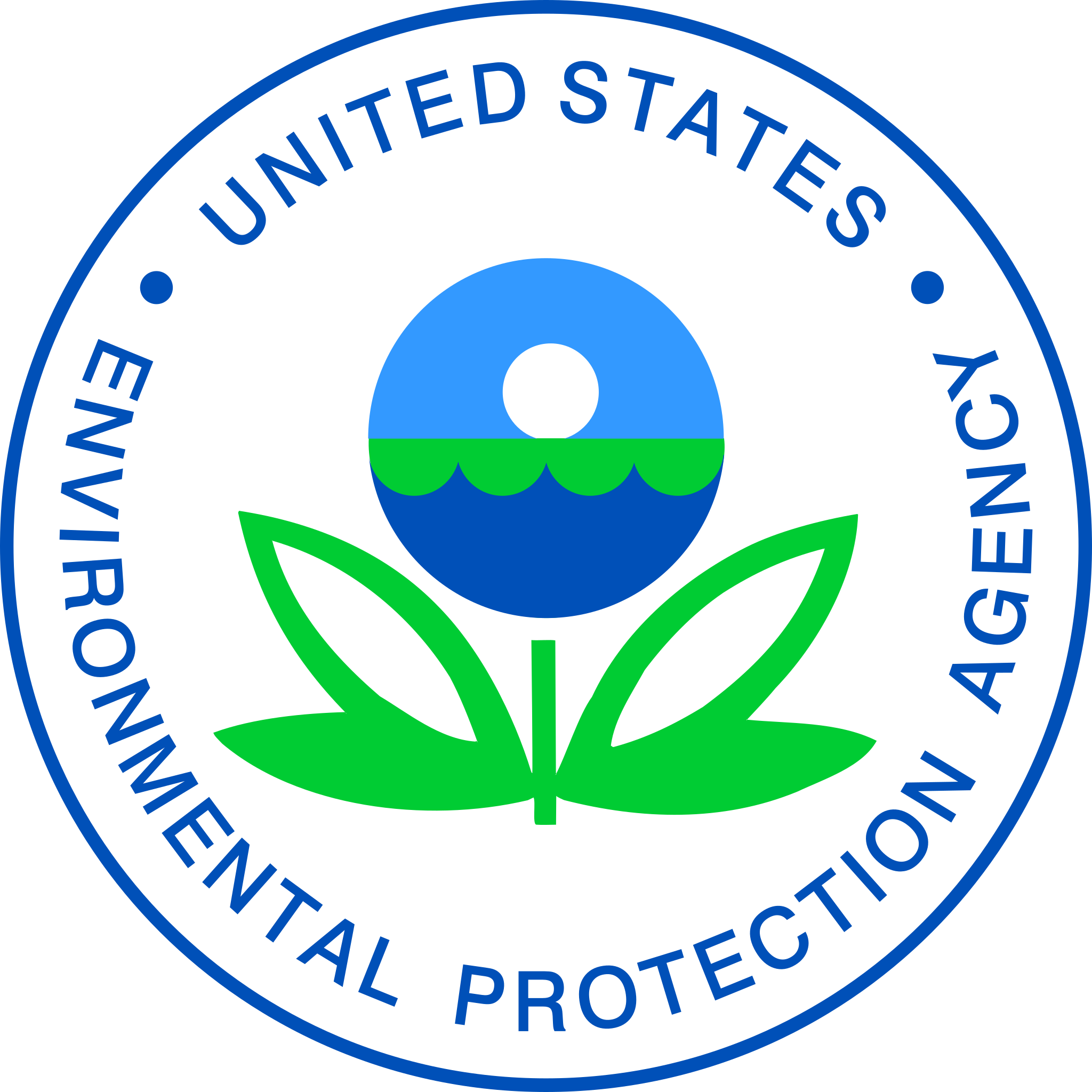Kara Dean
Research
Past Projects
As an undergraduate student I contributed to the Global Water Pathogens Project by conducting a systematic literature review to identify persistence datasets for various targets in wastewater-related matrices. A suite of persistence models were fit to these datasets to attempt to identify the model forms best able to describe the persistence behaviors of the different pathogen types. This work highlighted the importance of using pathogen specific persistence data and further suggested that pathogen persistence in the environment may be more dynamic than the commonly applied first-order decay model. This was also my first experience working in R and dealing with large datasets.
During this time I also worked with members of our lab to add new datasets to the QMRA Wiki. The Wiki is a community portal for sharing data relevant to QMRAs, completed case studies, and educational materials. Through this process I became more familiar with the foundations of dose response modeling within QMRAs, and began fitting dose response models to new data for pathogens relevant to various water matrices.
 My master’s research was funded by the EPA Grant “Right Sizing Tomorrow’s Water Systems for Efficiency, Sustainability, and Public Health” (#R836890). The goal of this project was to better understand and predict water quality within premise plumbing systems. Under this project, I fit novel dose response models for three opportunistic pathogens and conducted a reverse QMRA for Pseudomonas aeruginosa hand washing, face washing, and showering exposure events. My work was one component of a multi-objective and interdisciplinary effort that included researchers from Purdue University, Michigan State University, Tulane University, San Jose State University, Manhattan College and the University of Memphis. Additional information and resources are available at the Center for Plumbing Safety
My master’s research was funded by the EPA Grant “Right Sizing Tomorrow’s Water Systems for Efficiency, Sustainability, and Public Health” (#R836890). The goal of this project was to better understand and predict water quality within premise plumbing systems. Under this project, I fit novel dose response models for three opportunistic pathogens and conducted a reverse QMRA for Pseudomonas aeruginosa hand washing, face washing, and showering exposure events. My work was one component of a multi-objective and interdisciplinary effort that included researchers from Purdue University, Michigan State University, Tulane University, San Jose State University, Manhattan College and the University of Memphis. Additional information and resources are available at the Center for Plumbing Safety
 As a National Science Foundation Graduate Research Fellow, my research focused on improving our understanding of pathogen persistence in surface waters to better inform decision makers in the fields of water treatment and management. Pathogens can be introduced to surface waters via a variety of sources of pollution, and surface waters are used for recreation, irrigation, and as source water for drinking water treatment plants. My work indicated that assuming first-order decay of pathogens in surface water matrices was an over-simplifying assumption, and that pathogen persistence behaviors commonly include periods of minimal decay (shoulders) and decay rates that taper off over time (tails).
As a National Science Foundation Graduate Research Fellow, my research focused on improving our understanding of pathogen persistence in surface waters to better inform decision makers in the fields of water treatment and management. Pathogens can be introduced to surface waters via a variety of sources of pollution, and surface waters are used for recreation, irrigation, and as source water for drinking water treatment plants. My work indicated that assuming first-order decay of pathogens in surface water matrices was an over-simplifying assumption, and that pathogen persistence behaviors commonly include periods of minimal decay (shoulders) and decay rates that taper off over time (tails).